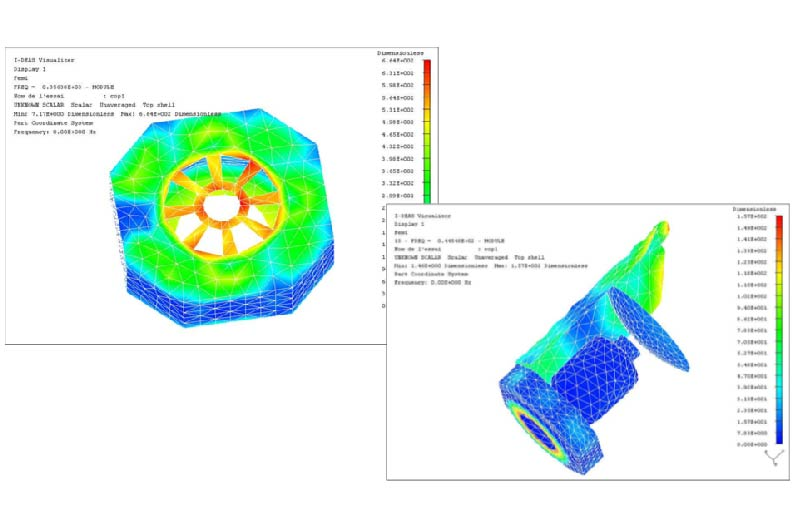The Issue
In the 1980s, Metravib has developed a vibroacoustic calculation software for the French National Center for Space Studies (CNES).
The initial request related to applying numerical simulations to mitigate the risk of damaging satellite critical components/subsystems before the actual structure (satellite flight model) is submitted to acoustic tests representative of launch conditions.
In fact during the rocket launch, light and thin structures on satellites are subjected to the most severe acoustic levels. These structures are sensitive to the coupling between the acoustically induced movements of the surrounding air (fluid) and the structural dynamic behavior.
As satellites are very expensive structures, it’s important to perform preliminary calculations to check structural reliability of the most sensitive components before they have to endure the launch environmental conditions.
The ASTRYD simulation software has been developed by Metravib in order to provide an efficient solution describing fluid-structure interactions and predicting the behaviour of light structures submitted to a severe acoustic environment.



